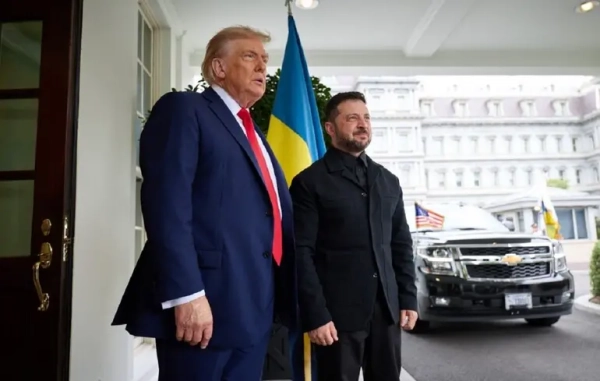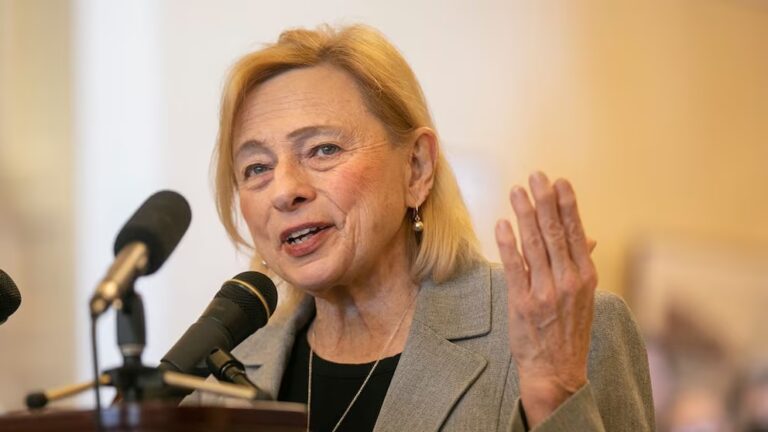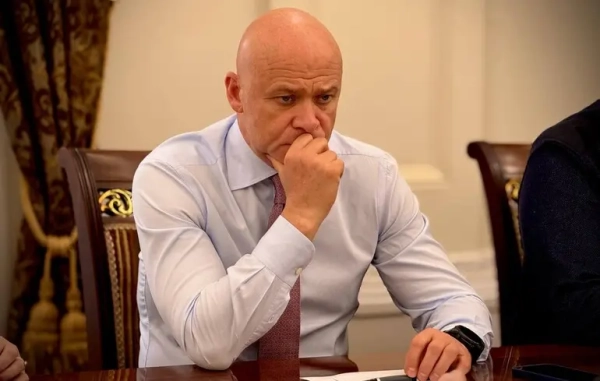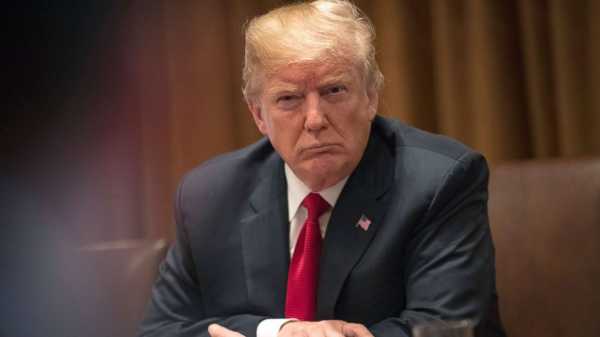
The “Steele dossier” at the heart of the investigation into President Donald Trump’s ties to Russia was never supposed to be seen by the public, according to those who commissioned it, who told ABC News they were “horrified” when it was published in full.
Interested in Russia Investigation?
Add Russia Investigation as an interest to stay up to date on the latest Russia Investigation news, video, and analysis from ABC News.
Russia Investigation
Add Interest
“This is just not what we do,” said Glenn Simpson, co-founder of Fusion GPS, while reflecting on the publication of the memos that made up the dossier.
Simpson and Fusion GPS co-founder Peter Fritsch commissioned Christopher Steele to investigate Trump during his 2016 presidential campaign. His memos — compiled into the dossier — were supposed to be used internally to guide further investigation, and were shared selectively to spur more digging.
When the set of documents, with their raw findings, was published in full by BuzzFeed News shortly after the election, it sent shockwaves across Washington, D.C.
(MORE: Former spy who compiled controversial dossier breaks silence to criticize Trump)
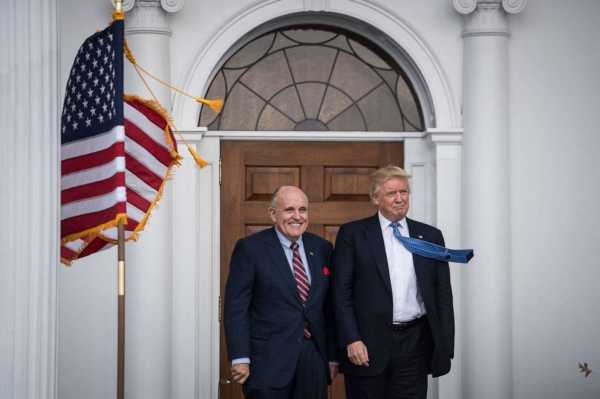
The Washington Post via Getty Images, FILE
A file photo shows President Donald Trump greeting Rudy Giuliani at the clubhouse at Trump National Golf Club Bedminster in Bedminster Township, N.J., Nov. 20, 2016.
“We were horrified when it was published because it’s not the kind of thing that we do,” Simpson said. “As Peter puts it, ironically, we’re best known for something that we absolutely never do.”
Simpson and Fritsch joined “The Investigation” podcast co-host and ABC News senior executive producer Chris Vlasto and guest co-host and senior investigative reporter Matthew Mosk to discuss their new book “Crime in Progress: Inside the Steele Dossier, the Fusion G.P.S. Investigation of Donald Trump.”
The book’s authors describe how they have become the focus of many of the Trump administration’s favorite conspiracy theories, including one perpetuated by Trump’s personal lawyer, Rudy Giuliani.
“[Giuliani] publicly accused us of setting up the notorious Trump Tower meeting between the Trump campaign and the Russians,” Simpson said.
But that was only one of the false narratives about the two men, Simpson said.
(MORE: The Russia probe: A timeline from Moscow to Mueller)
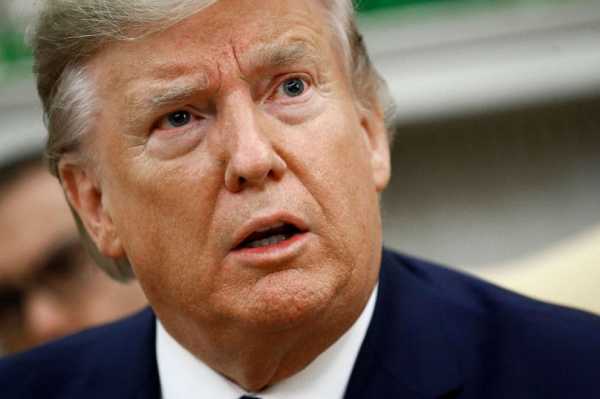
Patrick Semansky/AP
President Donald Trump speaks with members of the media in the Oval Office of the White House, Nov. 25, 2019, in Washington.
“The more recent one is the idea that we doctored up the ‘dodgy dossier’ in conjunction with the Ukrainian intelligence services in 2016, and that I was spending time there doing that. And that we also framed Paul Manafort around the same time,” said Simpson.
“These are some extravagant conspiracy theories that have zero factual basis,” Simpson added. “The message we’re delivering now is, if you guys lie about us, if you go out and you tell fake stuff about us, we’re going to fire back. We’re going to talk, too. We’re going to make public statements and we’re going to call you out for lying.”
Fritsch and Simpson told “The Investigation” that the dossier began as an assignment from Republicans to look into Donald Trump’s business history and career, and that it had nothing to do with Russia. However, after several months of investigations, the numerous connections between Donald Trump and Russia started coming to light.
“The term we coined during this period was, ‘It’s not clear that Donald Trump invested in Russia, but it’s definitely clear that Russia invested in him,’” said Simpson. “[The Mueller Report found] over 140 contacts between the Trump campaign and the Russians, extensive secret meetings, secret dealings — some business dealings. Donald Trump was trying to do a business deal in Russia in the middle of the campaign.”
Sourse: abcnews.go.com
